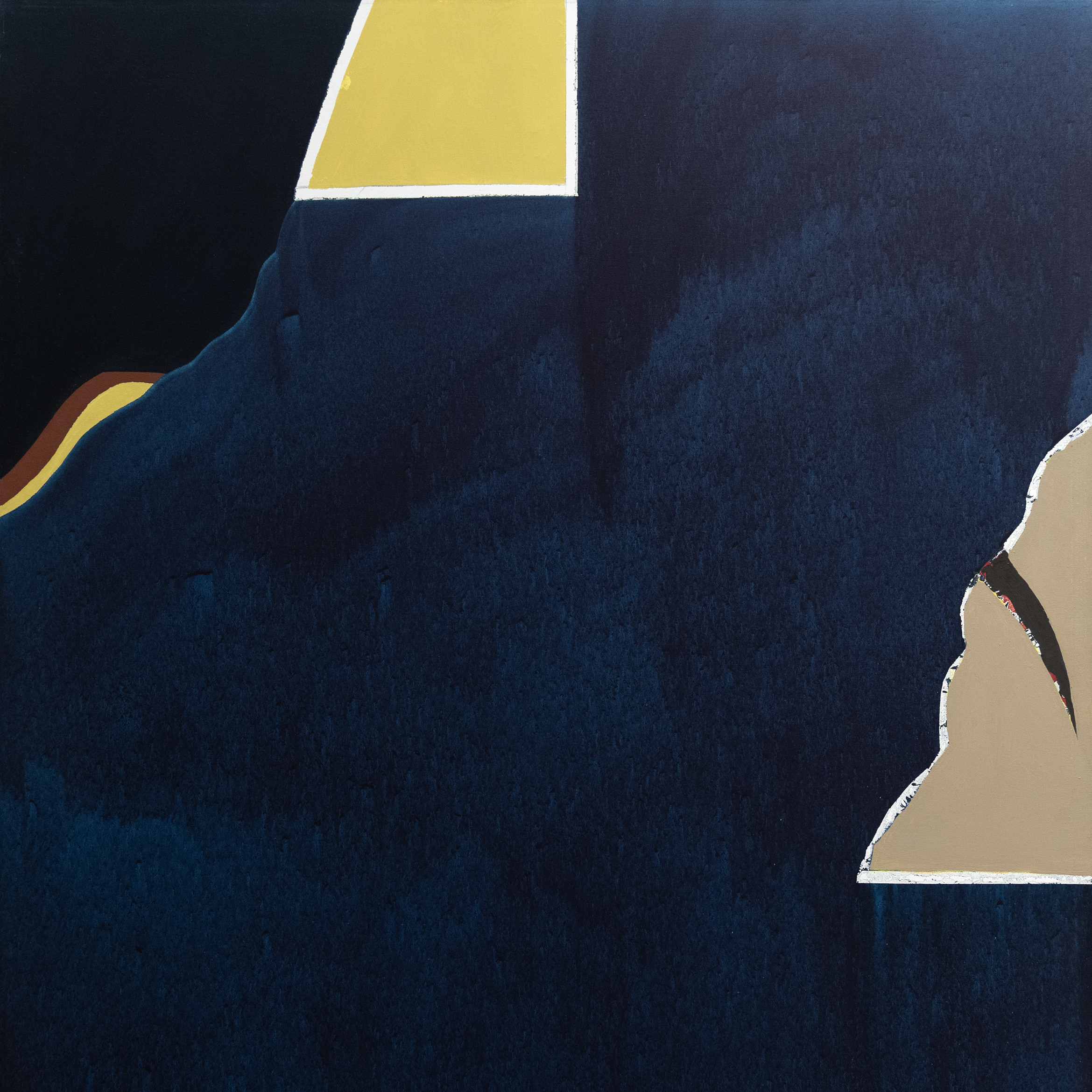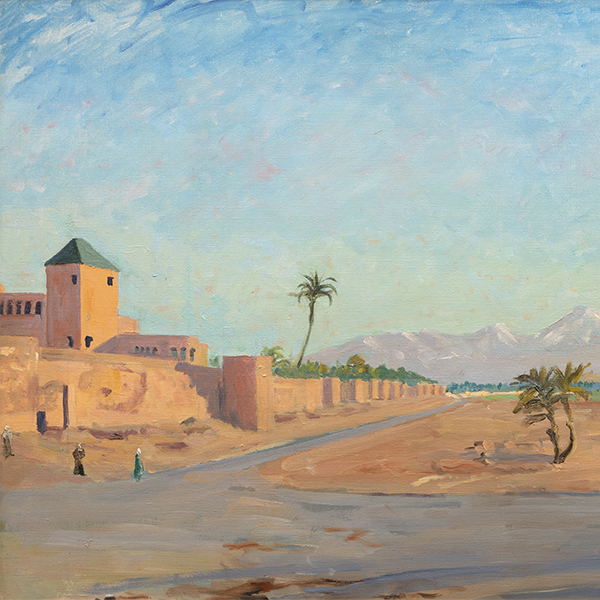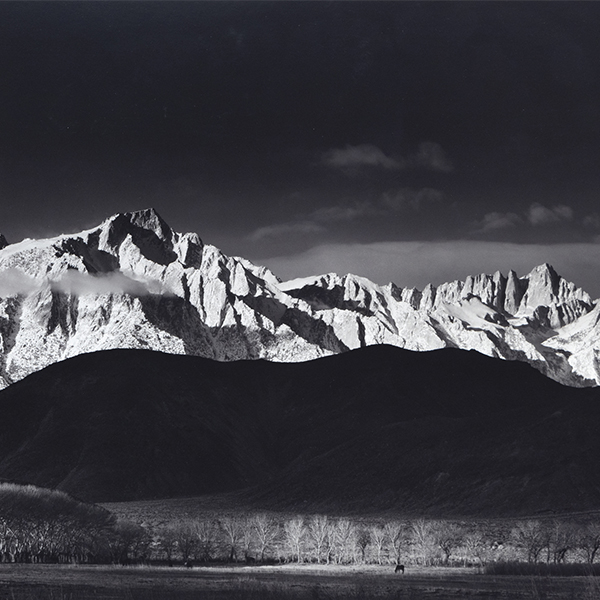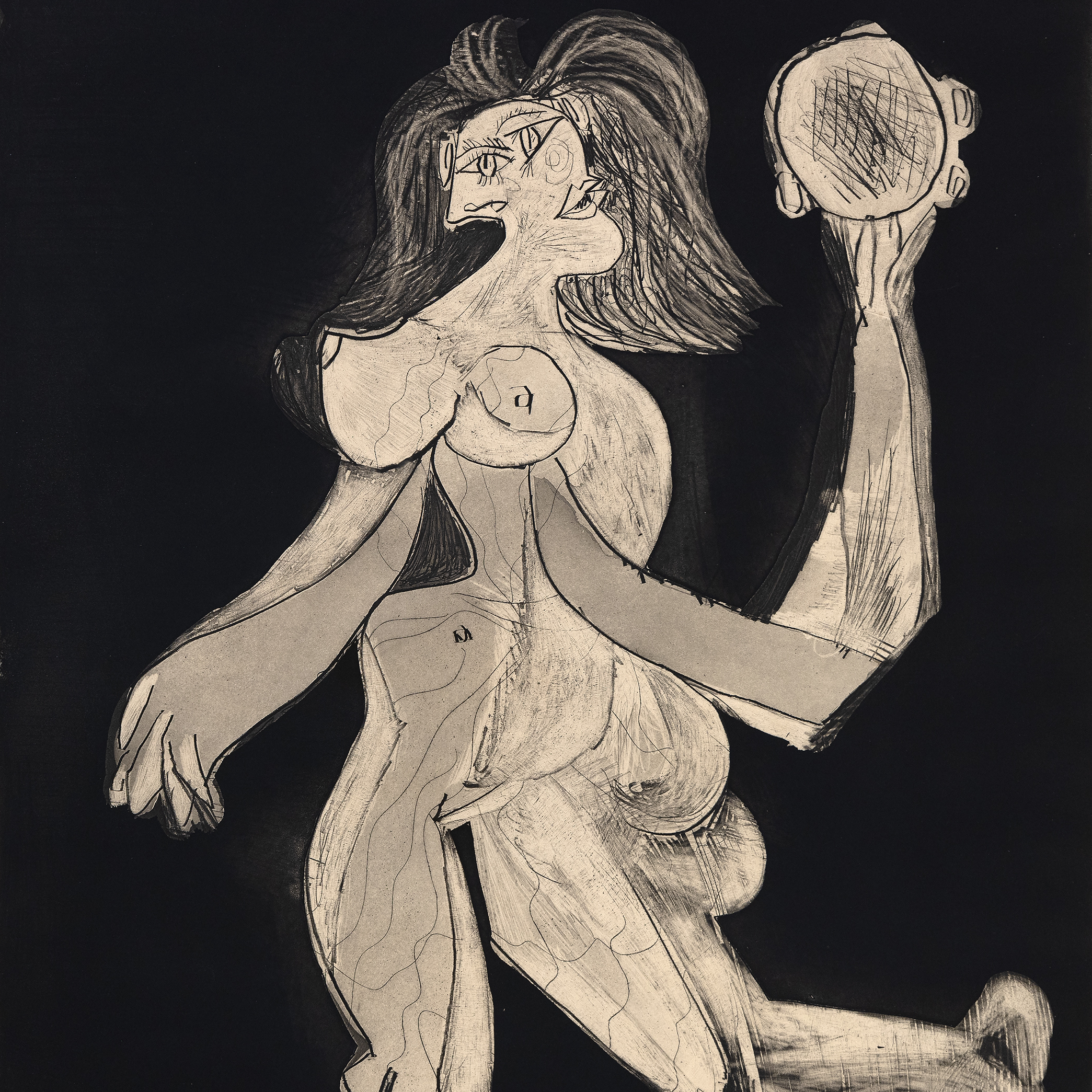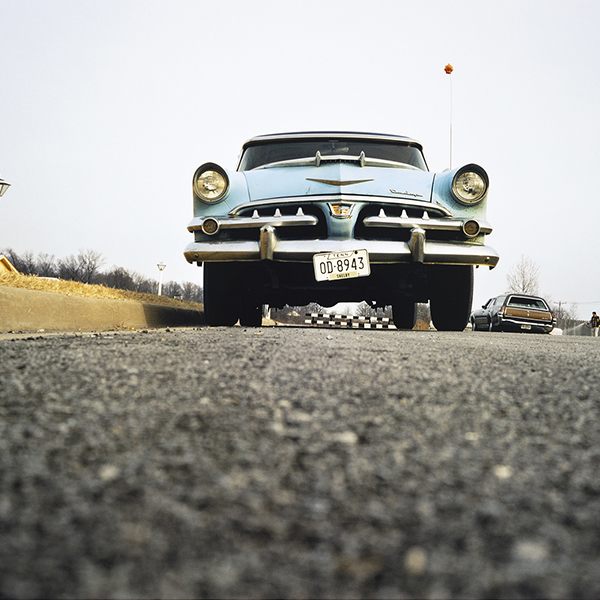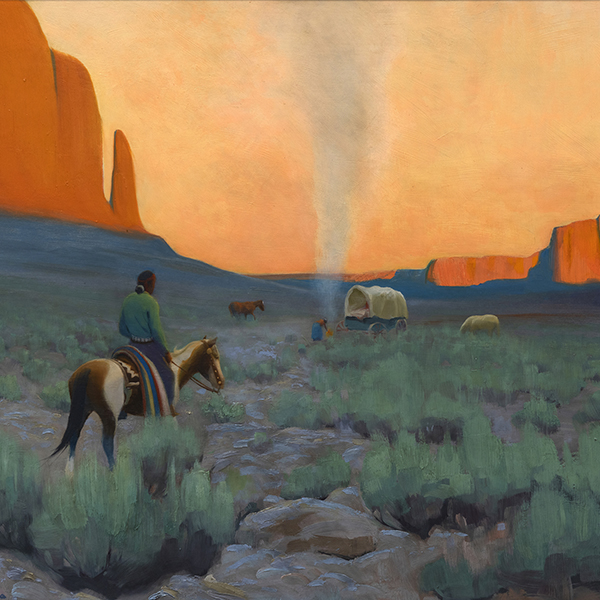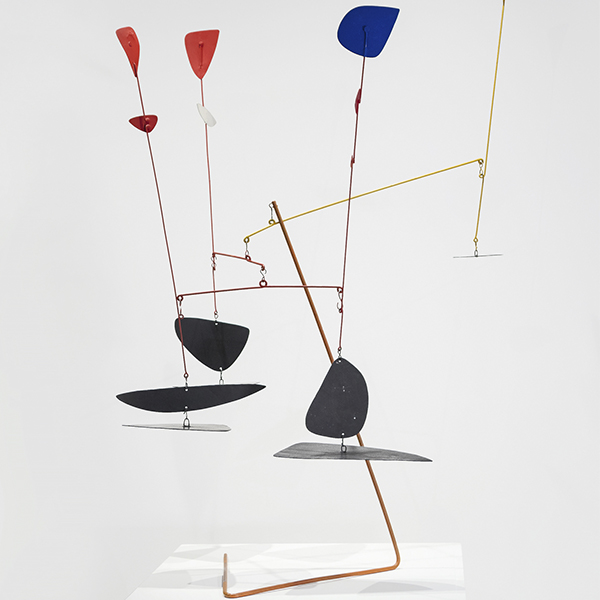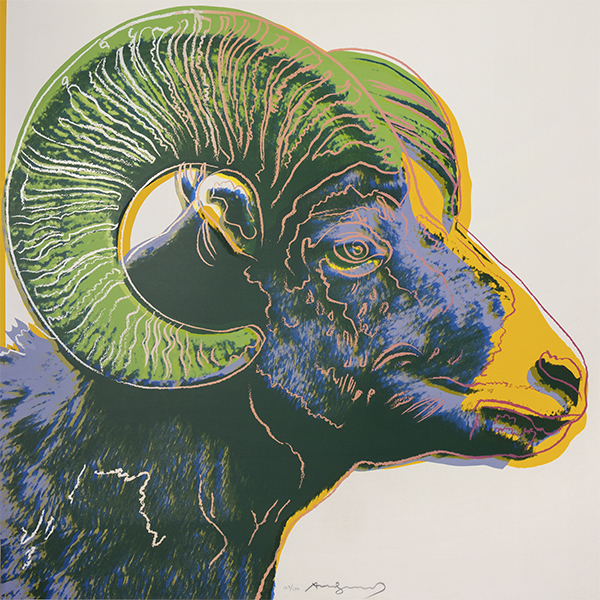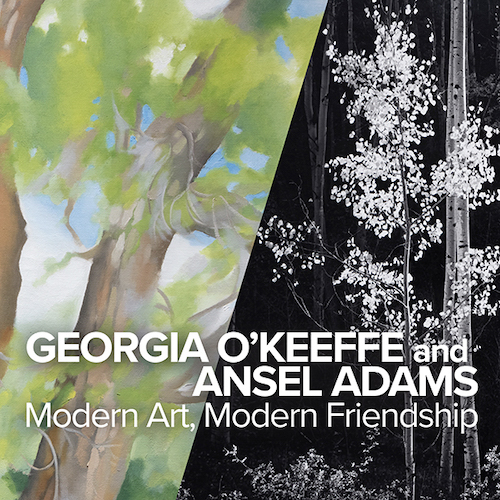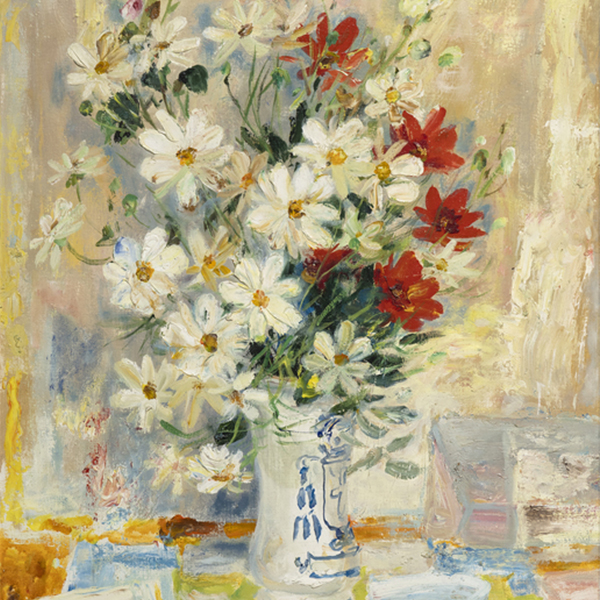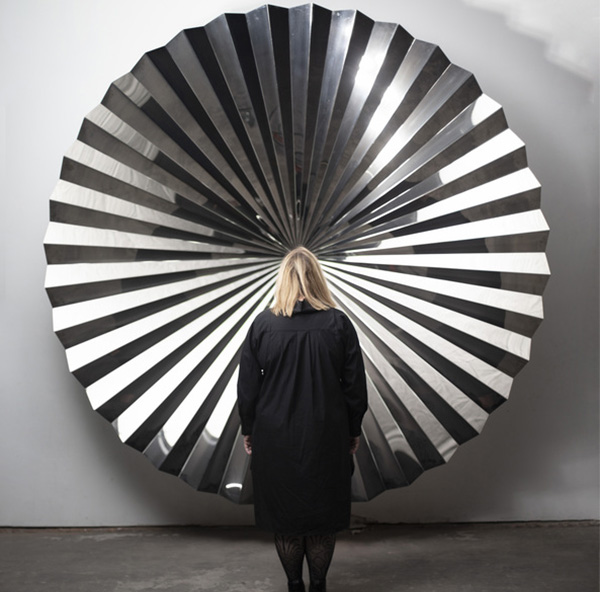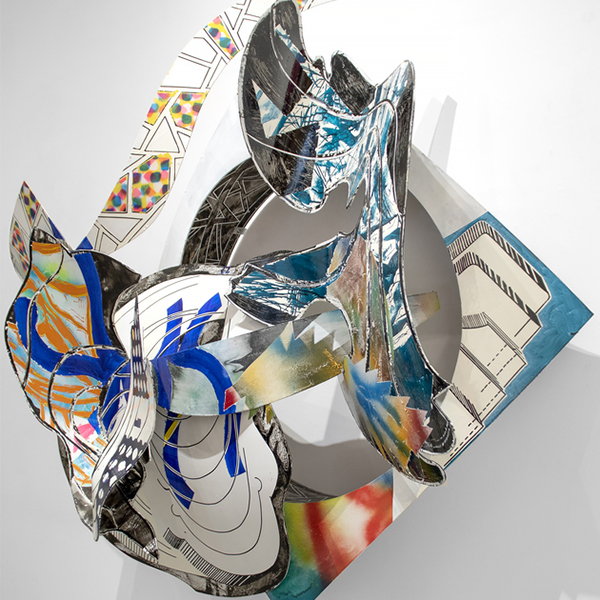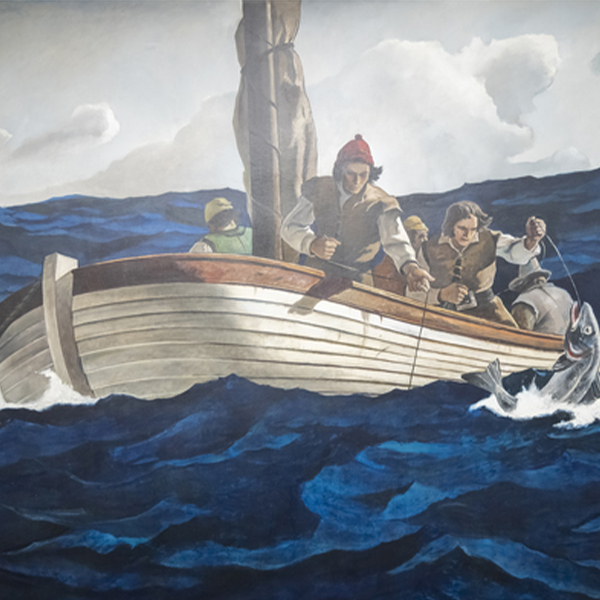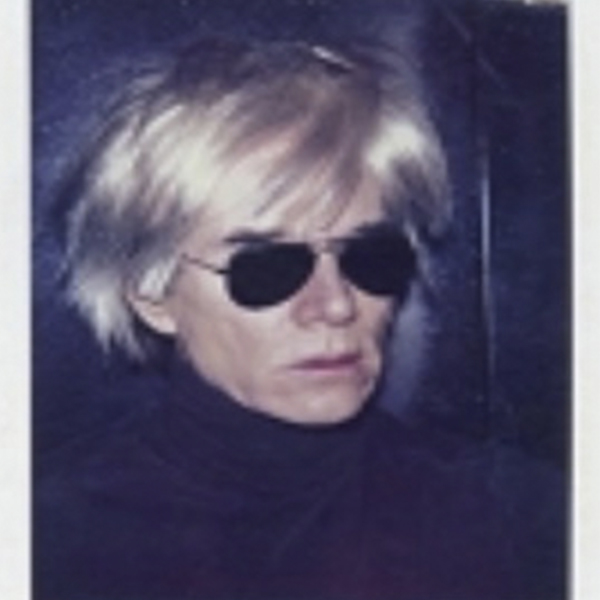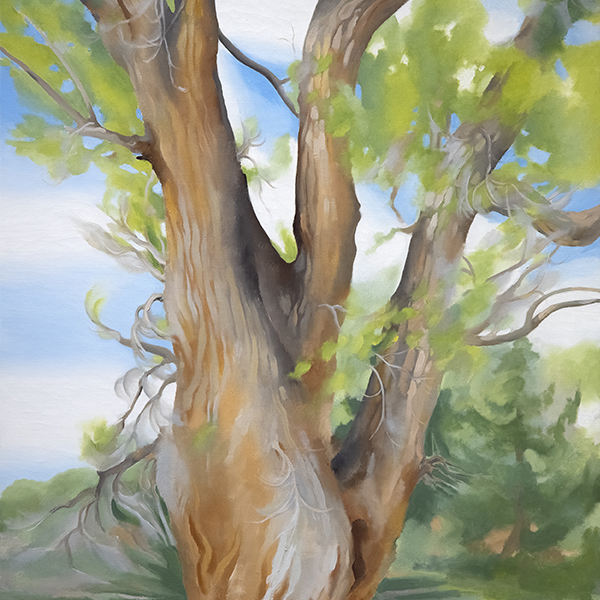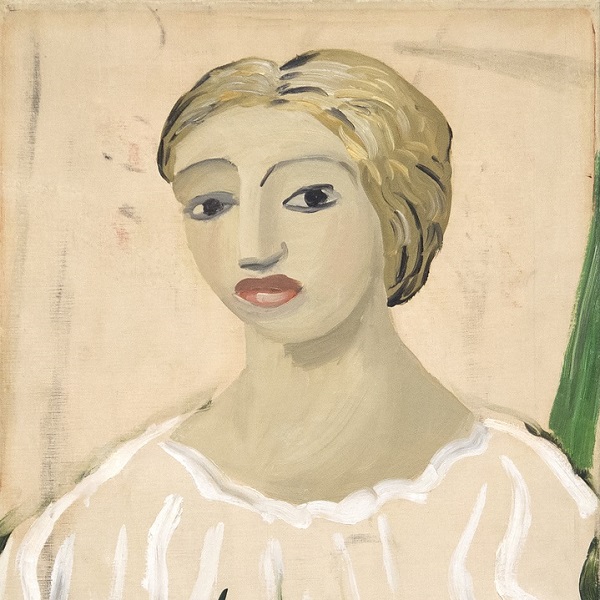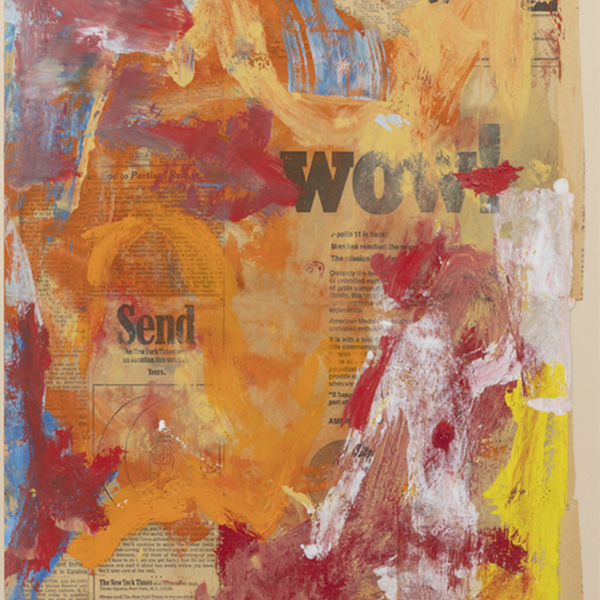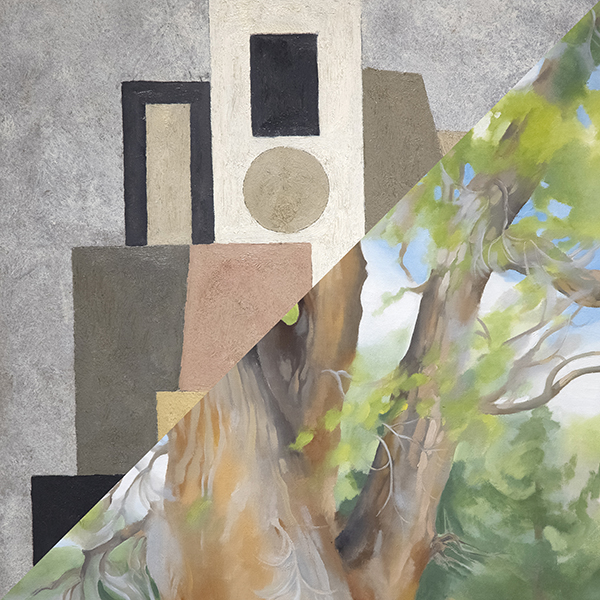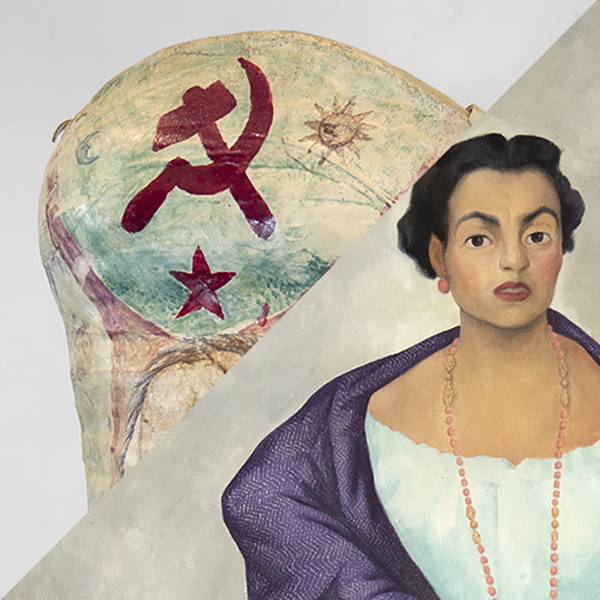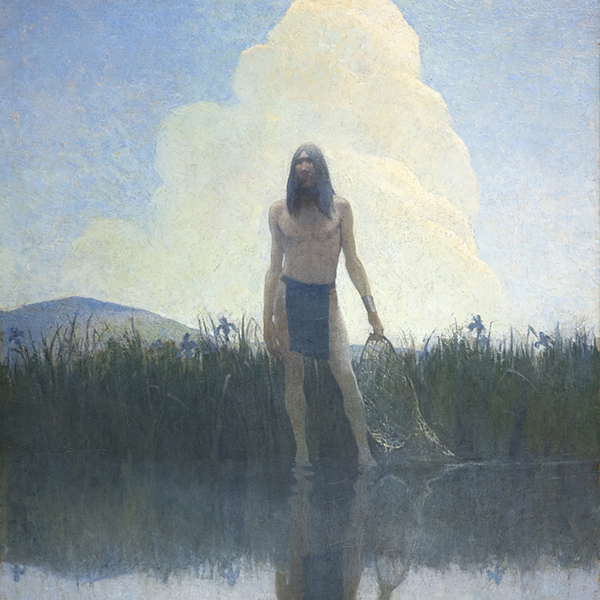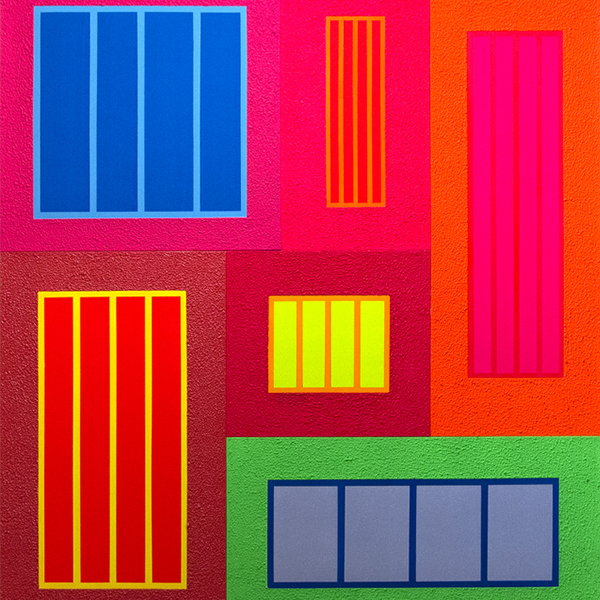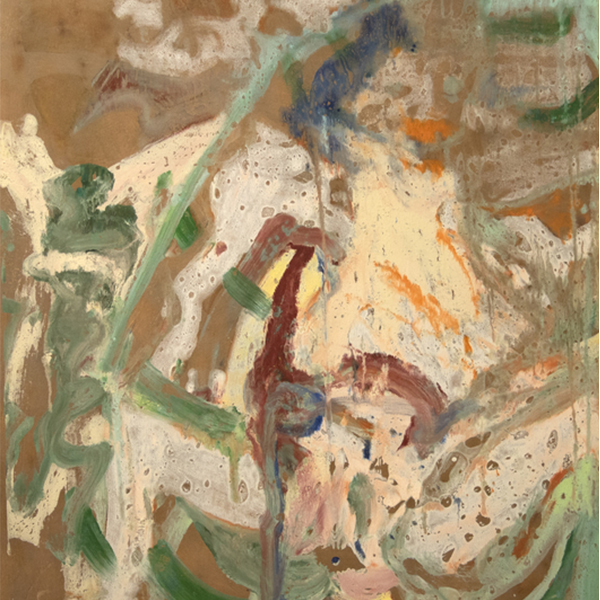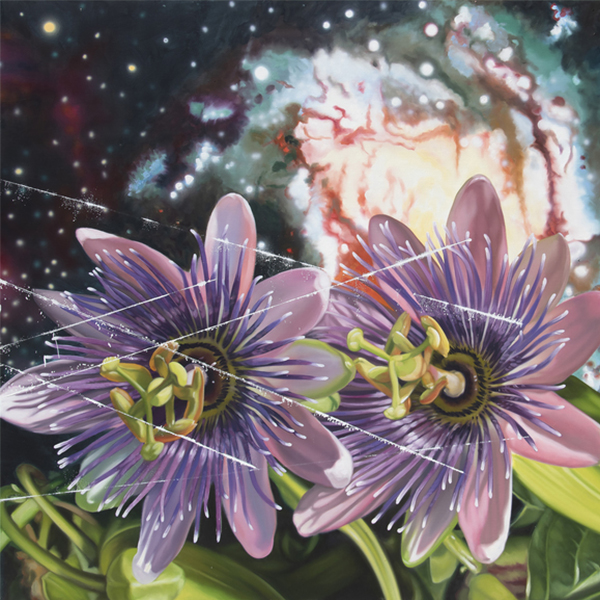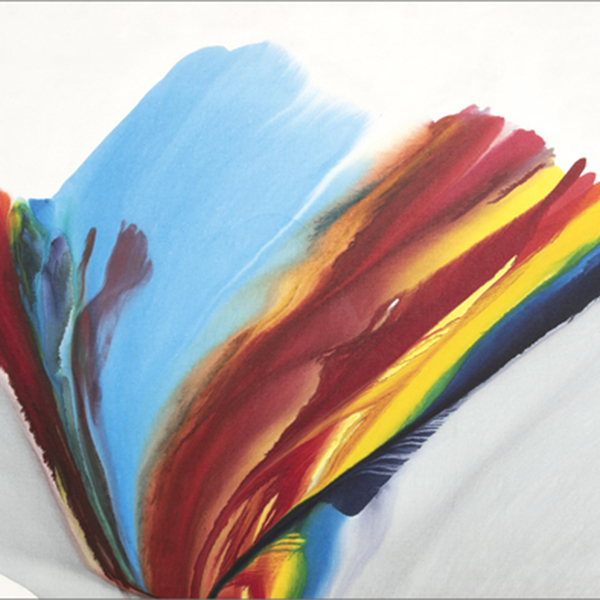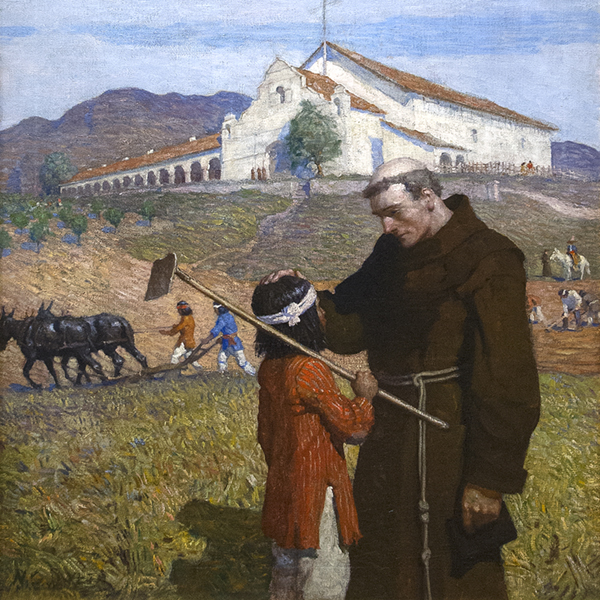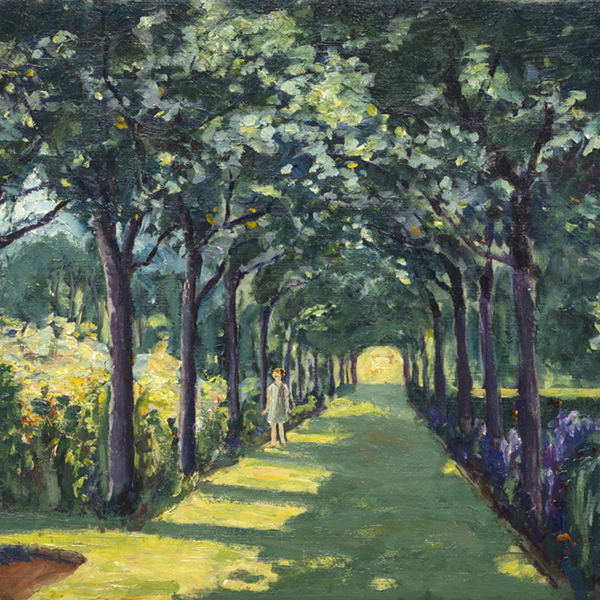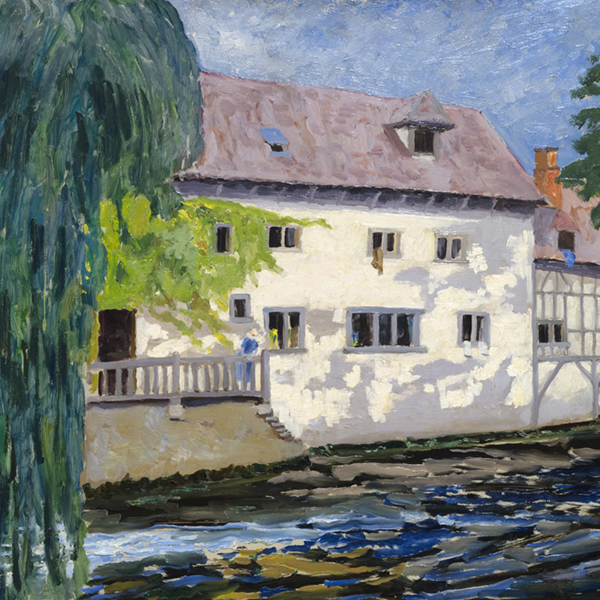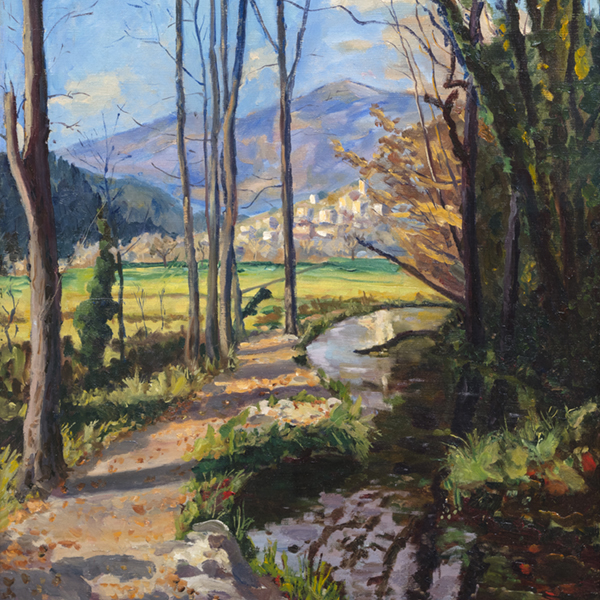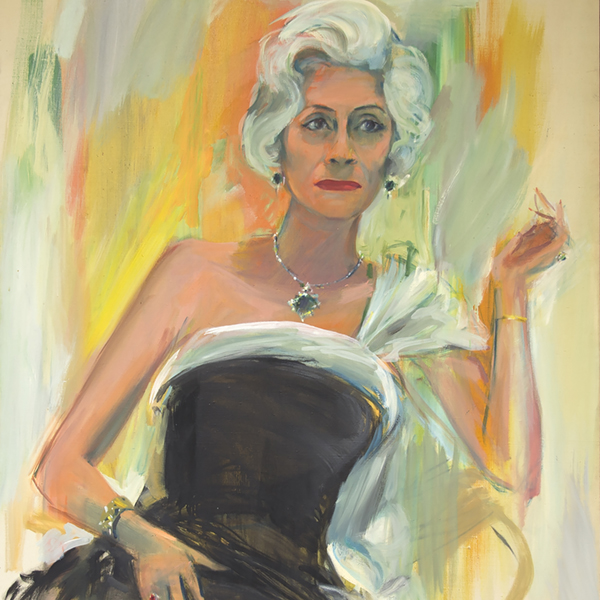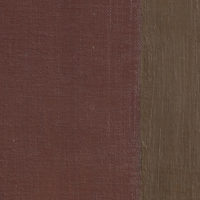Please contact the gallery for more information.
Current Exhibitions
History
Barnett Newman is one of the most important Abstract Expressionist artists. Abstract Expressionism emerged from the destruction of World War II and was a loosely associated group of artists that worked through the trauma of the past and the anxiety of a new present.
Abstract Expressionism is often thought of as branching into two streams – the Action Painters like Jackson Pollock with his drip paintings and the Color Field artists like Barnett Newman who utilized planes of color. Newman developed a visual language through which he could explore the possibilities of paint to shape our physical and metaphysical landscape.
Newman was born in New York in a Polish Jewish family. He developed late as an artist, not landing on his trademark “zips” until his 40s. These pillars of color were his attempts to delve into painting afresh, as if it never existed before. Rather than segmenting the planes of color on the canvas, these color columns act as points of mergers. The difference between the fields of paint and the “zips” allows the viewer to experience Newman’s paintings conceptually and physically. His canvases balance tranquility and dynamism as he sought to create expressions that speak to an audience universally and individually.
Newman has often been cited as paving the way for the second wave of Color Field painters from Jules Olitski and Kenneth Noland and even to Post-Minimalists like Richard Tuttle. As art critic Jonathan Jones notes, there is “a line of development that runs from Jackson Pollock and Barnett Newman through to James Turrell’s skyspaces and appropriated geological phenomenon the Roden Crater. This tradition of American art ranges out, like a lasso, across often vast spaces, from the widescreen paintings of the abstract expressionists to Walter de Maria’s Lightning Field.”
Galaxy is a virtuosic early example of his zip paintings. The painting is a rare and important work as it is one of the first to feature two “zips” – the vertical columns of color cutting the planes of the canvas. More than his “double zips” which have two lines in close proximity to each other, Newman allowed space to breathe between the zips in this painting. This painting was done shortly after Onement I, the first realization of his “zips”. Thus, Galaxy represents an important step in Newman’s development of his visual language.
The stripes themselves are also of different width, giving the work a quiet dynamism. The viewer is forced to contemplate the painting on different levels – the individual columns, the space between the zips – one’s eyes are never able to fully consume the canvas as a whole. In fact, Newman took pains to find the right width for the zips, imperceptibly enlarging them from his original intention. A touching note for this piece, Newman gifted the painting to his friend and fellow artist Tony Smith. Smith himself was a pioneer of Minimalist sculpture. This gesture speaks to the importance that Newman placed on the work.
MoreMARKET INSIGHTS
- Barnett Newman paintings are exceedingly rare. Only 42 paintings have been to auction. Of those, only 24 are on canvas, 18 are from his most desirable mature period, and 8 are from the early years of his breakthrough zip style in 1948-9.
- Of the 118 surviving paintings from his career, only 17 are from 1949—the most prolific year of his career. The majority of his paintings remained in the artist’s possession until his death, when his widow, Annalee, gifted most to public institutions, where they are likely to remain.
- The record price for a Barnett Newman at auction was set in 2014 for a 1961 oil painting: Black Fire I, a much larger and later painting, sold for $84,165,000. Five paintings have sold for over $20 million.
- The rarity of his paintings in private hands means that there are few opportunities to acquire such an early and important Newman for under $20 million.
Top Results at Auction



Paintings in Museum Collections

- Newman considered this his breakthrough painting that changed the course of his career, one year earlier than Galaxy
- A modest size, slightly smaller than Galaxy
- Similar palette as Galaxy, with similar dark earthy crimson planes

- From his breakthrough Onement series, a precursor to Galaxy which introduced his signature “zips”
- Larger than Galaxy
- Same early period as Galaxy with similar deep crimson fields of color

- From his breakthrough Onement series, which was a precursor to Galaxy which introduced his signature zips
- From the same early period as Galaxy
- Slightly larger than Galaxy, but deeper, less complex palette

- Larger than Galaxy and deeper, less complex palette
- Same early period as Galaxy and also has two zips

- Same early period as Galaxy
- The palette is lighter with more clearly iterated brushstrokes to create a washy, atmospheric effect uncommon in his work
- Also has two zips like Galaxy but they are not as pronounced; Galaxy’s zips are stronger and more vibrant

- From the same year as Galaxy and similar dimensions and crimson planes
- Oriented horizontally, rare for his zips
- The bichrome zip and brushy, light mark are uncommon for his work



